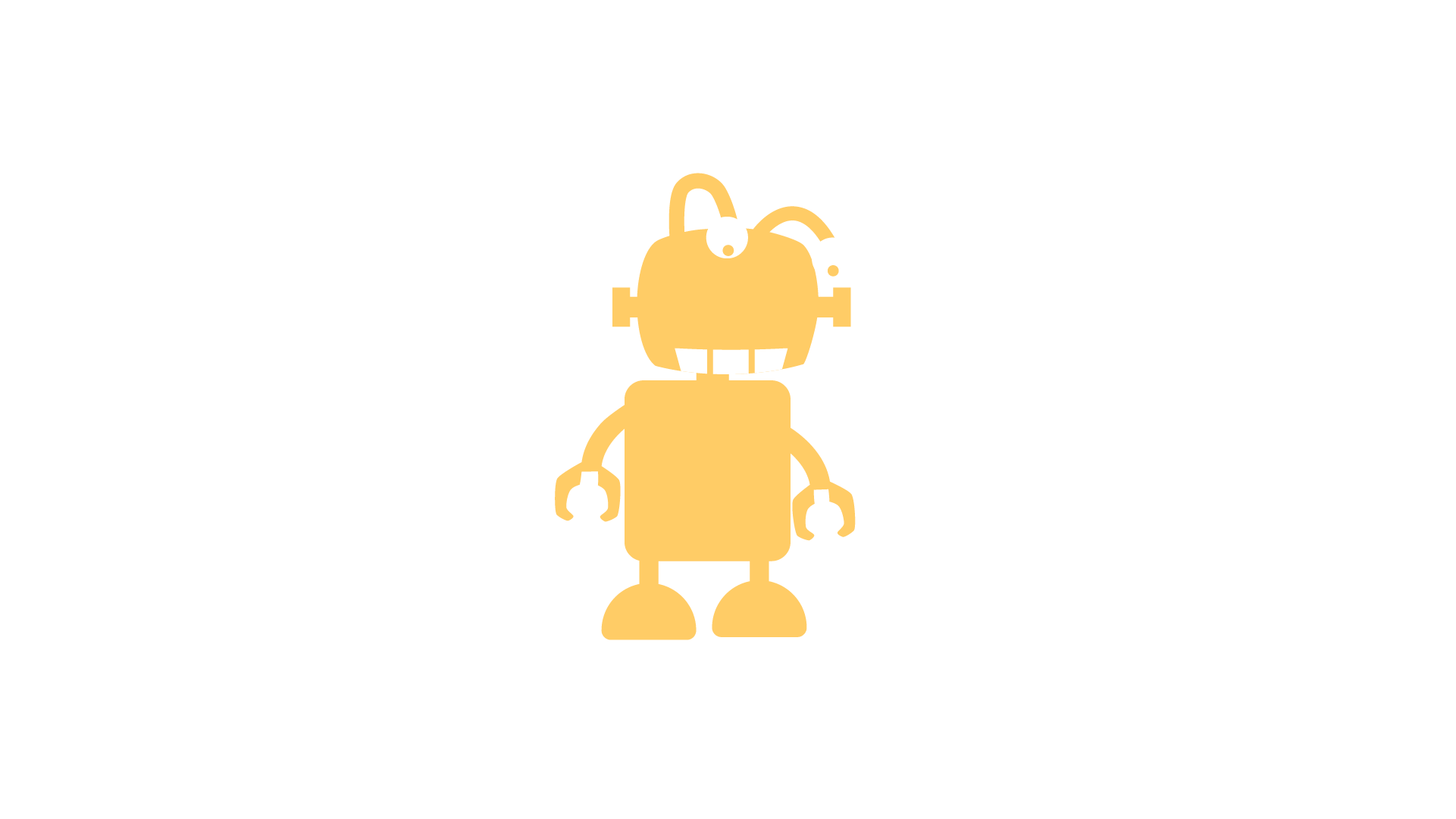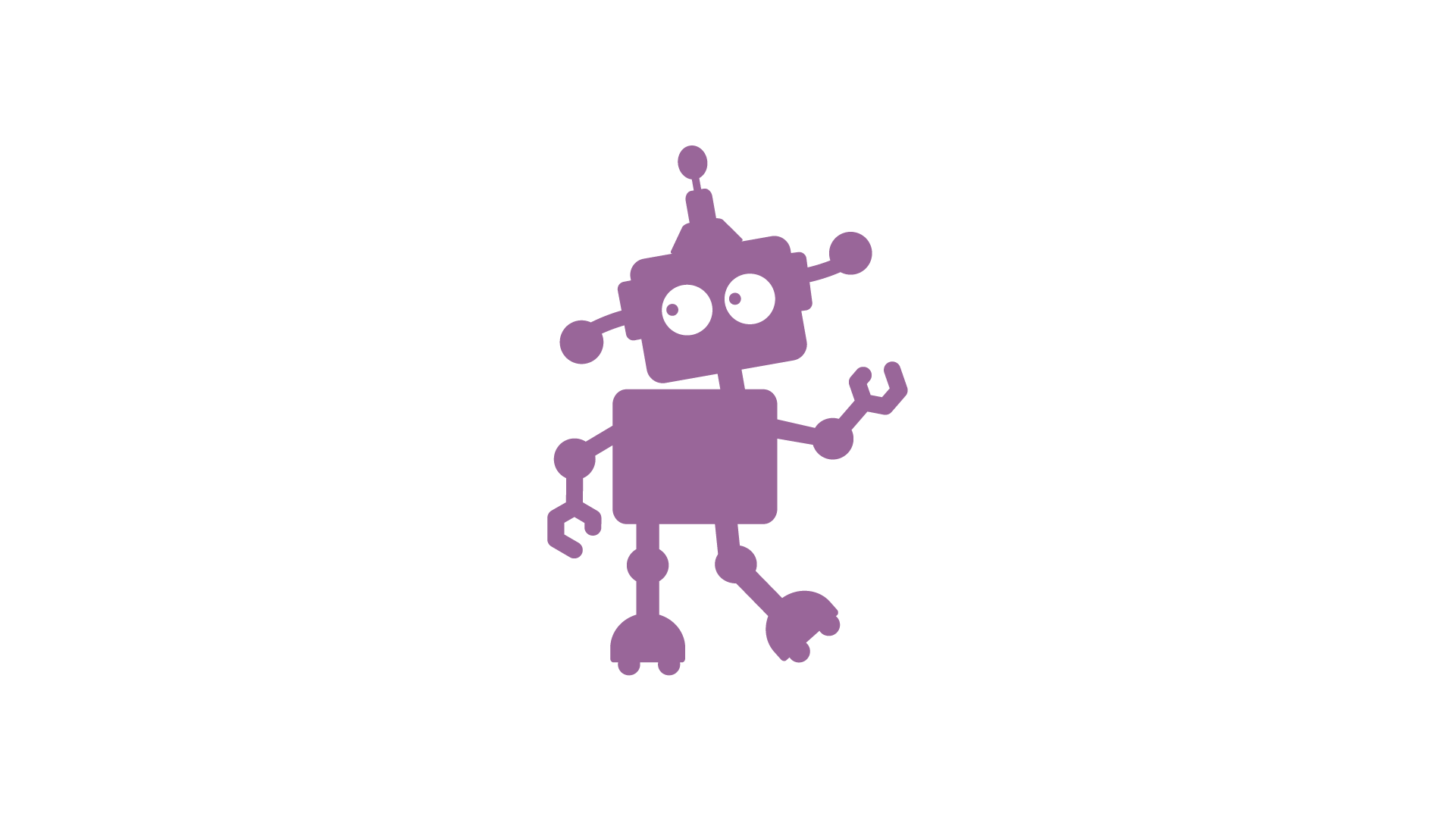let's apply the concept to our data channels
Blake2b("urn:this:is:my:test:identity")
+ Blake2b("urn:this:is:your:test:identity")
+ Blake2b("AES256-GCM")
+ Blake2b("urn:this:is:our:test:subject")
identifies a private aes256 encrypted data channel
- changing e.g. the encryption also changes the resulting hash value, and therefore also the routing through the mesh
let's apply the concept to versioning data channels
Blake2b("urn:this:is:my:test:subject")
+ Blake2b("version=1.2")
+ random garbage value
identifies a private version 1.2 hash value
- incrementing version numbers will change the resulting hash value
- intermediate nodes not capable of interpreting the hash value will just forward messages to other peers
- we don't have to introduce additional routing concepts, the hash value is self contained












